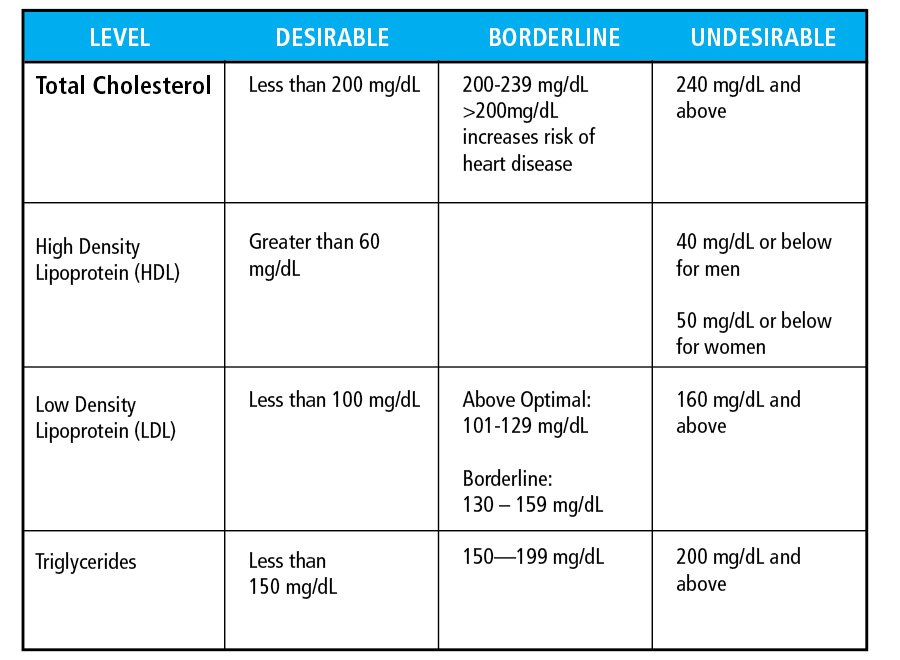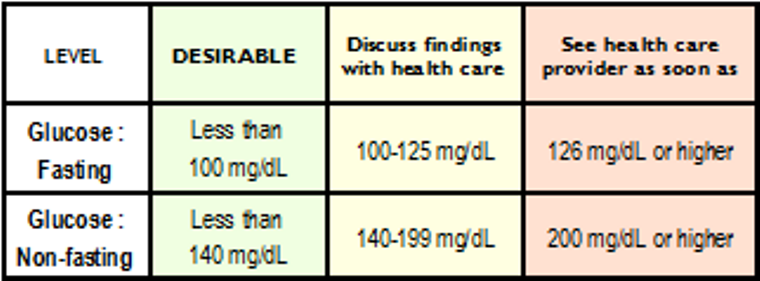Employees
Your screening – what to expect
WellAdvantage™ Biometric screenings and activities are a fun and easy way to “learn your numbers” and gain a better understanding of your health status. Our fitness and medical professionals will review and can identify possible health risks based on these screening results. Many times individuals are not even aware of their possible health risks.
Employers can benefit as well. De-identified biometric data is used to determine the overall health risks in a company. No personal information is given which would single out any individual. This data identifies the health needs of a company with the goal of implementing a wellness program that best suits the employee and company.
Screenings and services we have available:
Screenings:
Blood Pressure, Body Composition/BMI, Bone Density, Cholesterol, Glucose, Waist Circumference
Services:
Registered Nurse Consultations, Seated Massage, Skin Analysis Mirror, Trend Analysis, Recovery Heart Rate, Flexibility
Your nurse consultation – why is this important?
Why is your blood pressure important? How does your cholesterol affect your overall health risk? Our Registered Nurses can answer these questions and more. Learn which screening numbers are a potential risk and interventions you can to take to improve your overall health.
Know your numbers –
biometric number guidelines – how do you rate?
Blood Pressure
Recent studies indicate that nearly 1 in 3 adults in the United States have high blood pressure, many of which don’t even know it. High blood pressure left undetected or untreated can lead to heart attack, stroke, heart failure, and kidney failure.
. If your reading was 120/80 or less it is considered Normal.
. If your reading was between 121-139/81-89 – Pre-hypertensive
. If your reading was between 140-159/90-99 – Hypertensive Stage 1
. If your reading was greater than 160/100 – Hypertensive Stage 2
Waist Circumference
Adding waist circumference to your biometric screening is now believed to be a much more accurate measure of a future health risk than body fat or BMI alone. Carrying too much fat around your middle is associated with an increased risk of developing heart disease and diabetes.
. Less Healthy – women > 35 in (88 cm)
. Less Healthy men > 40 in (102 cm)
Cholesterol
Cholesterol is a waxy substance made by the liver and supplied through your diet in animal and dairy products. It is a vital and necessary part of your body, as it is used to insulate nerves, produce certain hormones, and make cell membranes.
High cholesterol can lead to a build-up in your arteries, slowing the delivery of blood and oxygen to and from your heart. This is why high cholesterol is the leading risk factor for heart disease. Your total cholesterol and HDL level will give you a general idea about your overall cholesterol levels. Risk factors (such as high blood pressure and cholesterol) combined with diabetes increase one’s risk for heart disease and stroke.
HDL
HDL or the “good” cholesterol protects against heart disease by removing excess cholesterol and other fats (lipids) from the arteries. For HDL, higher numbers are better. A level less than 40 mg/dL is considered a major risk factor for developing heart disease. HDL levels of 60 mg/dL or more helps to lower your risk for heart disease by slowing the build-up of plaque in the arteries.
GLUCOSE
Diabetes is a group of diseases marked by high levels of blood glucose due to defects in insulin production, insulin action, or both. Diabetes can lead to serious complications, but people with diabetes can take steps to control the disease and lower the risk of complications through healthy lifestyle choices.
Glucose screening is non-diagnostic. Individuals with elevated glucose screening results should consult their healthcare provider.
BMI
Body Mass Index (BMI) is a number calculated from a person’s weight and height. BMI does not measure body fat directly but is a screening tool used to identify possible weight problems in adults. If all other measurements, including waist measurement, are within normal limits, 30 kg/m2 or greater, is considered acceptable.
BODY FAT PERCENTAGE
Body fat percentage is simply the percentage of fat your body contains. If you have too much body fat — especially if a lot of it is in your waist area — you’re at higher risk for health problems. These include high blood pressure, high blood cholesterol, high triglycerides, diabetes, heart disease and stroke.
WOMEN
MEN
Revolving articles from newsletter
Health tips
Your Web Platform (webinar links)
Blood pressure tools – how to control your pressure
Blood pressure is a measure of how hard the blood flows against the walls of your arteries as it moves through the body. It is normal for blood pressure to go up and down throughout the day, but if it stays up, you have high blood pressure. High blood pressure usually has no symptoms and increases your risk of stroke, heart attack, and kidney disease. The good news is that you can lower your blood pressure by making changes in your lifestyle. The following are ways you can help control your blood pressure:
Maintain a healthy weight – The more you weigh, the more blood you need to supply oxygen and nutrients to your tissues. As the volume of blood circulated through your blood vessels increases, so does the pressure on your artery walls.
Being physically active – People who are inactive tend to have higher heart rates. The higher your heart rate, the harder your heart must work with each contraction — and the stronger the force on your arteries. Lack of physical activity also increases the risk of being overweight.
Avoid all tobacco – Not only does smoking tobacco immediately raise your blood pressure temporarily, but the chemicals in tobacco can damage the lining of your artery walls. This can cause your arteries to narrow, increasing your blood pressure.
Limit salt – Too much sodium in your diet can cause you to retain fluid, which increases blood pressure.
Limit alcohol – Over time, heavy drinking can damage your heart. Having more than two or three drinks in a sitting can also temporarily raise your blood pressure, as it may cause your body to release hormones that increase your blood flow and heart rate.
Monitor your stress – High levels of stress can lead to a temporary, but dramatic, increase in blood pressure. If you try to relax by eating more, using tobacco or drinking alcohol, you may only increase problems with high blood pressure.
Here is a link to the American Heart Association’s website for further information: http://www.heart.org/HEARTORG/
BMI
Your BMI estimates how much you should weigh based on your height.
Here are the steps to calculate it:
. Multiply your weight in pounds by 703.
. Divide that answer by your height in inches.
. Divide that answer by your height in inches again.
For example: 200 lbs x 703 = 140600
140600 ÷ 64 inches = 2196.875
2196.875 ÷ 64 inches = 34.3 BMI
Taking advantage of programs at work – why does this work?
Statistics about employees that participate and those who don’t.
Why wellness at work?
Most adults spend more of their waking hours at work than anywhere else which makes it an excellent venue for promoting healthful habits. Employees who participate tend to be more productive, have lower health care costs, lower rates of absenteeism and presenteeism, and have fewer workers’ compensation claims.



















